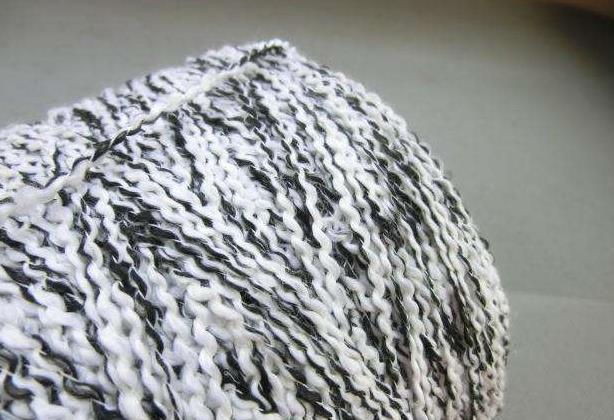Performance indicators of fancy yarn
Performance indicators of fancy yarn:
1. Count: The count of yarn is expressed in metric units, with larger counts indicating finer yarn and smaller counts indicating coarser yarn.
2. Twist of woolen yarn and yarn: refers to the number of twists per unit length. The twist of woolen yarn and yarn varies depending on the count.

3. Strength and elongation of wool yarn and yarn: The strength of wool yarn and yarn has a close relationship with the fastness and production efficiency of fabrics. Strength is the foundation of fabric strength and elongation. The strength and elongation of wool yarn and yarn vary depending on the material used, the degree of processing, and the arrangement of fibers. Good material quality, neat fiber arrangement, and appropriate twisting result in higher strength and outstanding elastic properties of wool yarn and yarn.
Article source: Fancy Thread Manufacturer
-
05-27
The reason why fabrics containing spandex are prone to yellowing
Spandex is a commonly used fiber variety in our daily lives, characterized by good elasticity, low fineness, high elastic modulus (cracking elongation can reach 400-800), and low specific gravity. Spa
-
04-24
Colored non dyed nylon with synthetic fiber raw material
The current conventional fiber coloring mostly uses yarn dyeing method, which has long process, high loss, high cost, and the product has color difference and low color wash fastness. Yarn is prone to
-
03-26
What are the characteristics of non dyed spandex?
Non dyed spandex has also been widely used in recent years. Non dyed spandex fiber can be blended with fibers such as nylon, polyester, acrylic, cotton, wool, etc., which can give fabrics excellent el
-
02-24
The influence of yarn structure on fabrics
The basic characteristics of yarn include its appearance and shape, twisting characteristics, fiber transfer and distribution characteristics in the yarn, as well as the surface fuzz and internal loos
